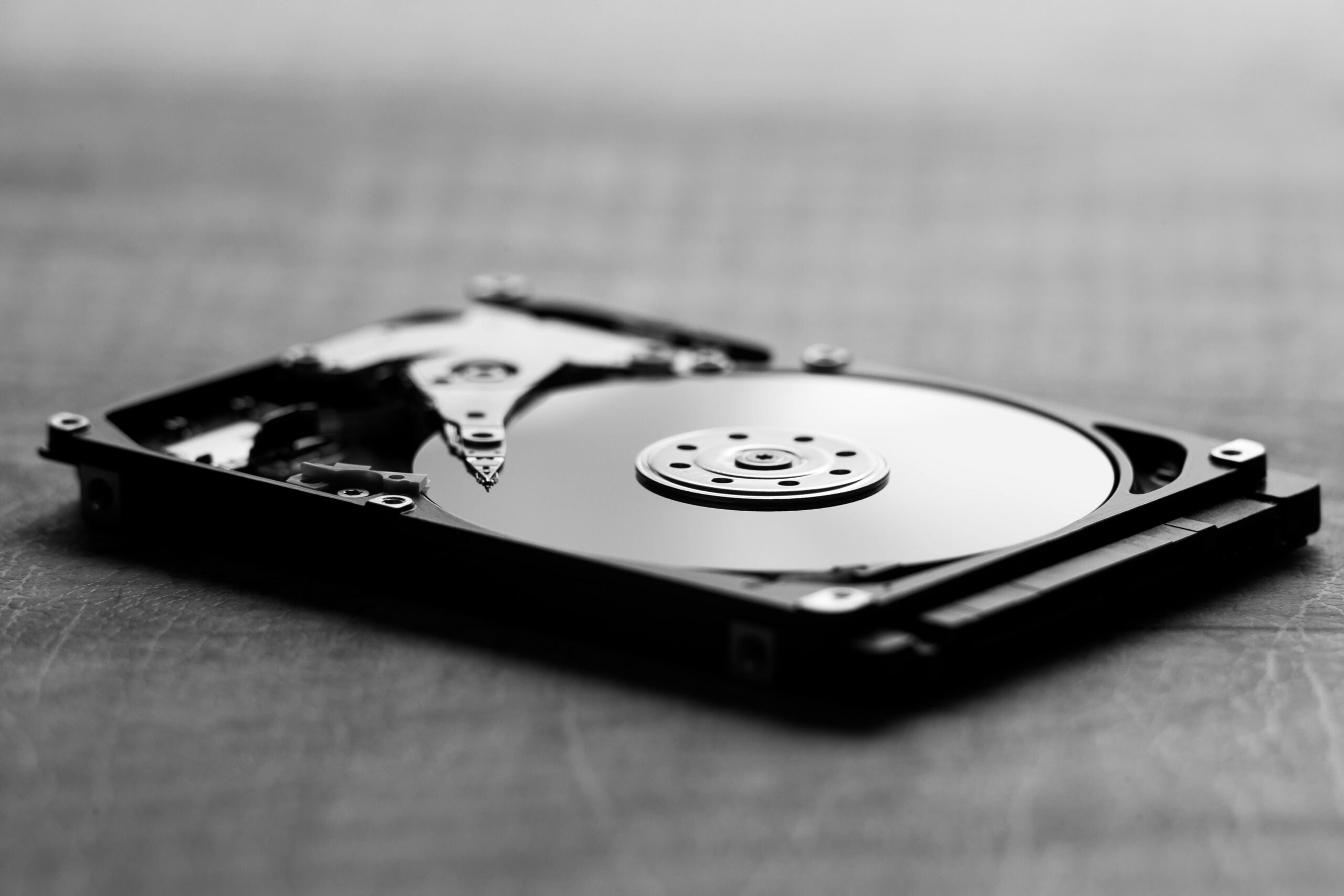In our digitally connected world, laptops, Macs, and mobile phones play a crucial role in storing valuable personal and professional data. From important documents and photographs to cherished memories, many of us entrust our digital devices with significant aspects of our lives. However, data loss can occur due to various reasons, such as accidental deletions, hardware malfunctions, or software corruption. Recovering lost data can be a daunting and overwhelming task, especially when the data in question is of great importance or sentimental value.
As your go-to London-based solution provider for all PC, laptop, and Mac repair needs, we understand the significance of safeguarding and recovering your valuable data. Our aim is to equip our readers with practical tips and advice on data recovery for laptops, Macs, and mobile phones, alongside offering guidance on when to seek expert help.
In this insightful guide, we will delve into the realm of data recovery, discussing various techniques for retrieving lost or accidentally deleted data, understanding the root causes of data loss, implementing effective preventative measures, and recognising when to turn to professional data recovery services. Our goal is to empower our readers to take control of their valuable data confidently and to provide the necessary support and advice when the need arises.
Common Causes of Data Loss
Before delving into data recovery techniques, it’s vital to understand the potential causes behind data loss on laptops, Macs, and mobile phones:
- Accidental deletion: Unintentionally deleting files is a common cause of data loss. This can occur due to human error or improper handling of the device’s file management system.
- Software corruption or malfunction: Data loss can result from software-related issues such as application errors, operating system crashes, or system updates gone awry.
- Hardware damage or failure: Faulty or malfunctioning hardware components, such as a damaged hard drive, can lead to data loss or inaccessibility.
- Virus or malware attacks: Malicious software can compromise your device, potentially deleting or encrypting data and rendering it inaccessible.
Data Recovery Techniques for Laptops, Macs, and Mobile Phones
Various data recovery techniques can be employed to salvage lost or deleted data:
- Check the recycle bin or recently deleted folder: When files are deleted, they are often moved to a temporary holding area (such as the Recycle Bin on Windows or the Recently Deleted folder on macOS and iOS devices) before being permanently erased. Checking these locations is the first step in recovering deleted files.
- Utilise built-in recovery tools: Many operating systems provide built-in recovery tools for restoring deleted files to a previous state. These tools include Windows File History, macOS Time Machine, and Android’s Google Drive backup.
- Use data recovery software: Numerous third-party data recovery tools can help recover lost or deleted data from your device. Research and select a reputable software solution that caters to your device’s specific recovery needs.
- Explore cloud-based recovery options: If you’ve set up cloud backup services such as Google Drive, iCloud, or Dropbox, you may be able to recover lost files by accessing previous versions or deleted items within these platforms.
Implementing Effective Data Loss Prevention Measures
Preventing data loss is just as important as recovering lost data. Implement these preventative measures to safeguard your valuable data:
- Maintain regular backups: Regularly backing up your data to an external drive or cloud-based service ensures that you have a recent copy of your essential files in times of accidental deletion or hardware failure.
- Keep software and operating systems updated: System updates often contain crucial security patches and bug fixes that enhance the stability and security of your device, reducing the risk of data loss.
- Install anti-virus and firewall protection: Robust anti-virus software and firewall protection safeguard your device from malicious attacks that can compromise data.
- Handle devices with care: Physical damage to your device can lead to data loss. Ensure that your laptop, Mac, or mobile phone is treated gently and stored in suitable protective cases when not in use.
When to Seek Professional Data Recovery Assistance
Recognising when it’s time to turn to expert help can ensure efficient and effective data recovery:
- Severe hardware failure: If your device’s hard drive or other critical components are damaged or malfunctioning, attempting data recovery without professional experience can further exacerbate the issue.
- Extensive data loss or corruption: Complex data loss situations involving large-scale corruption or deletion may require specialised tools and advanced recovery techniques that only a professional data recovery service can provide.
- Inaccessible device: If your laptop, Mac, or mobile phone is inaccessible due to severe damage, such as a broken screen or fried motherboard, it’s crucial to enlist the help of a repair specialist for data recovery.
Safeguard Your Valuable Data with Knowledge and Expert Support
Understanding the various causes of data loss and becoming well-versed in data recovery techniques are crucial components in safeguarding and retrieving your valuable data. By practising diligent preventative measures and recognising when to consult professional data recovery services, you are better equipped to tackle data loss challenges head-on. Remember, assistance is only a call or message away, and we at Forest City Computer Repairs, your trusted London-based repair specialists, are always here to provide expert guidance and support for all your data recovery needs.







